MAREMIS – AI-based calculation of air pollution emitted by ships and its dispersion.
MAREMIS – AI-based calculation of air pollution emitted by ships and its dispersion.
Abstract of MAREMIS
The consortium is developing Big Data and machine learning-based models and a demonstrator to measure, track, and validate emissions-related aspects of maritime transport to reduce emissions (exhaust, no ballast water or waste) from ships and improve local air quality. Validation is required because the basis for the project is data from the Automatic Identification System. These may be partially erroneous or the ship may have disabled its AIS. It is to be investigated here whether, on the basis of the trajectories as a string of position signals in relation to the AIS navigation status, ships can no longer be detected in the AIS or whether they have deactivated their AIS.

Summary of the Development
It will develop and deploy a ship emission model based on real ship movements and sensor-based emission data. The ship emission model will be used to estimate air pollution from maritime traffic in ports. It will reflect spatio-temporal emission dynamics and will track traffic emissions in real time and against scenarios. The impact on regional air quality, i.e. the Northern Germany region as well as Southeast Asia, will be analyzed using a chemical transport model, as these areas dominate the air input to urban areas. Models will continue to be developed to enable emission reduction strategies through changes in port operations and maritime traffic management using Big Data analysis, simulation, and optimization.
Initial situation
Singapore and Hamburg are among the largest ports in the world. The tens of thousands of ships each year are the heartbeat of the city and the economy. Both ports are very close to the city center and therefore have a strong impact on the air quality in these cities. However, the degree of impact has not been fully investigated at this stage. Once this has been determined, recommendations can be made to improve air quality.
Play Video
Data acquisition and provision
AIS data must be provided for the project. Validation or cleansing is necessary to resolve possible inconsistencies in the reception of AIS telemetry data. This includes, for example, problems with the order of position reports from different sources, as well as possible transmission errors or spoofing. In IT, spoofing refers to various methods of deception in computer networks to conceal one’s own identity. The AIS data to be used must be stored in a highly available memory for the entire duration of the project, including demonstrator operation. This data will be used by both the German and SIN partners. In order to enable the emission calculation, further ship engine data are required. These will be provided in a highly available storage in coordination with the project partners. This Topic is manly handled by JCS and DLR KN.
Modeling of maritime emissions
The modeling of emissions from historical and current traffic helps to determine and assess air pollution from maritime traffic in ports and the port environment. In order to determine immissions, traffic emissions must be determined and coupled via a chemical transport model. On the basis of known or regular ship movements, intervention options are examined. As explained, this will be tested in the sense of a project as methods and technology demonstration at the port of Singapore and Hamburg. If successfully implemented and validated, the results would be transferable to other ports as part of subsequent product development. Modeling emissions from ship traffic based on scenarios enables the assessment and control of air pollution from ships in the port environment. Intervention cases can thus be tested, and traffic emissions can be predicted by coupling them with a chemical transport model and suitable boundary conditions. For the use in a demonstration system the software modules have to be adapted. This will allow a wide variety of scenarios to be tested in the demonstrator. The emission model is the responsibility of DLR.
The chemistry-climate model
Since many atmospheric chemical processes are highly nonlinear, the effect of a specific emission (e.g., from a ship) at a location is highly dependent on the background concentration. In order to evaluate the effect of ship emissions on regional air quality, other emissions, such as land transport emissions or natural emissions, must also be accounted for by the climate chemistry model. While many natural emissions are calculated directly by the climate chemistry model as a function of meteorology, external data sets are required, particularly for other anthropogenic emissions. This includes ship emissions. The effect of emissions from a ship are strongly dependent on the meteorological conditions, which, among other things, influence the chemical processing (chemical production and loss processes, deposition) as well as the transport of trace substances. In addition, the chemical processes strongly depend on the origin of the air masses. In order to analyze the impact of ship emissions on regional air quality in northern Germany and southeast Asia, detailed simulations of the dispersion and chemical transformation of the emissions are necessary. For this purpose, the MECO(n) model system is used, which combines a global climate-chemistry model with a regional climate-chemistry model.

Integration of sensor data
Broad networks of land-based air sensor data exist for routine air quality monitoring and for detecting limit violations. Many of the stations provide the measured data in near real time, although the data are therefore naturally only rudimentarily quality-checked. In addition, it should be noted that not all available stations may be useful for the project. For example, stations that are located very close to other emission sources (traffic, industry) may be strongly influenced by these sources. In addition to land-based air sensors, ship-based air sensors provide important information about the actual pollutant emissions from each ship. The use of existing air sensors on ships, which are also widely installed due to newer regulations, expands the possibilities of the project.
AI Based - Analysis of factors influencing air quality
In order to map the effects of emission changes and the impact of ship emissions on regional air quality in the demonstrator, simplified relationships between ship emissions, background conditions and the meteorological situation are necessary. To achieve this, a prototype of a statistical model will be developed based on the simulation results. The model data will be evaluated with the help of the observed data. In this step of the project, artificial intelligence (AI) and machine learning (ML) will be used to develop response models for the demonstrator. With the incorporation of AI and ML, the response models will have functionality that will allow for continuous improvement of the responses and thus the reliability of the outputs. The technological capability of JCS to compute for each ship feeds into this section of the project. Another major aspect is the evaluation of the results.
The Demonstrator | Outcome
The demonstrator will help port operators understand ship emissions from a situational perspective by also capturing the spatio-temporal dynamics of pollutants and the process of their dispersion into urban areas. The demonstrator will further provide decision support to port operators and policy makers to reduce ship emissions from a port operations and maritime traffic management perspective. Together, the partners from Germany and Singapore will evaluate the application of these newly implemented tools to the world’s busiest transhipment port in Singapore and a major German port. The comparison will take into account the corresponding strategies for maritime traffic management. It is planned to install sensors on ships to validate emission factors in ship emission inventories. Shore stations equipped with air sensors are also envisaged. The project activity will provide Singapore and Germany with insights and options for cooperation in addressing air pollution from shipping. In addition, this project could enable real-time and accurate monitoring of ship and maritime emissions status based on a maritime Big Data approach, even without installing pollution sensors on all ships.
Events / Status meeting
MAREMIS status meeting in Hamburg 05-2022
A MAREMIS status meeting was held on Wednesday, May 11. The meeting among the German partners was appropriately held in Hamburg at the offices of FleetMon directly opposite the port facilities. As the MAREMIS demonstrator has Hamburg and Singapore as scenarios, all project participants were fully immersed in the situation.

The following topics were discussed and action items were derived from them:
- Discussion about the use case and user scenarios (target audience).
- Detailed presentation of the chemical transport model as well as required input parameters
- Definition of the variable user parameters (UX/ UI) of the demonstrator
- Technical backend for data processing and visualization
- Raster resolution of emission propagation
- Definition of the maximum spatial extent of the study area
- Fixation of the pollutants that will be finally included in the investigation
Results of ozone source apportionment (02-2022)

MAREMIS 2nd binational status meeting in Rostock-Warnemünde 01-2023
On January 16-17, 2023, FleetMon organized the second bi-national MAREMIS Status Meeting in Rostock and Warnemünde. As the German Project Coordinator, we invited all partners to an exchange about the project’s status. Our partners from Singapore traveled to Rostock especially for this event. The discussions focused on goals, challenges, main research issues, expected outcomes, and impacts.
Visit our blog to read more about the status meeting.

Autonomous Sensor Station
FleetMon has developed an autonomous sensor station in 2020 together with JULIUS Marine as a specialist company for buoys and fairway lighting. Besides being equipped with an AIS receiving antenna, the station is featured with solar panels, a very large battery and power consumption optimized electrical devices. The station is able to host numerous sensors and send the data via GSM (Global System for Mobile Communications). Several of these devices will be equipped with air sensors and placed in the study area.












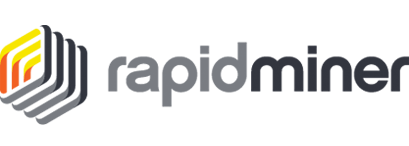
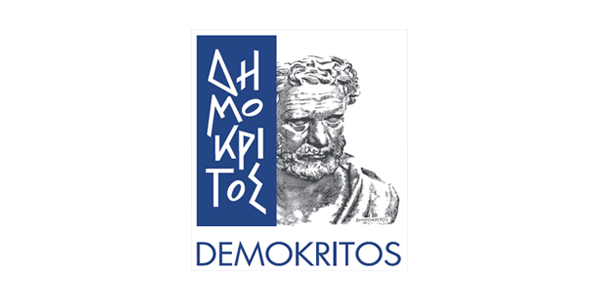









.png)


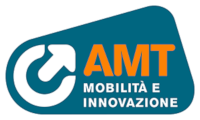







.png)
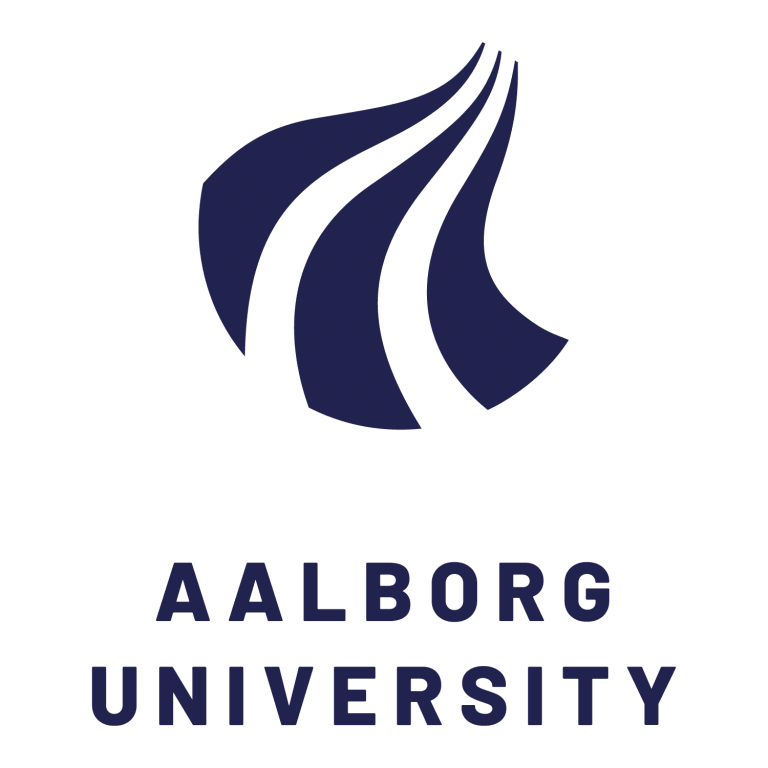
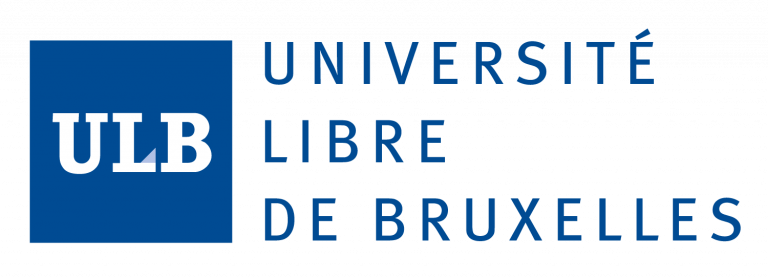

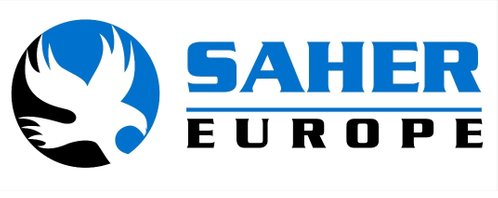





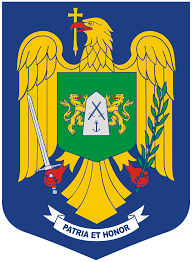
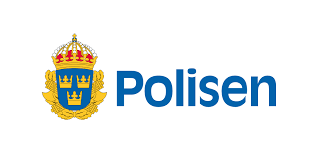














Previous
Next
LEAS – shore-side decision support for traffic situations with highly automated or autonomous vessels using AI.
OPS Master Plan for Spanish Ports
PERIVALLON
Require AIS data for your project?
Please reach out to us to discuss which Kpler offering will support your research project or academic study in the best possible and efficient way.




